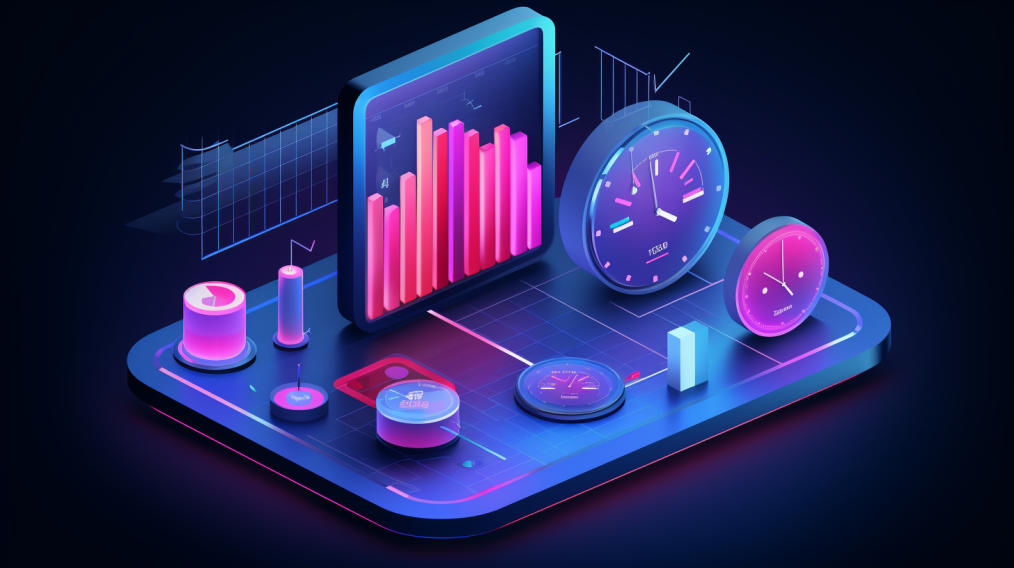5 Great Tips & Tricks for Mastering Content Marketing: Analytics and Insights

Thanks for reading part 4 of our series: Analytics and insights. If you haven’t read parts 1, 2 and 3, click here.
In our last post, we looked at conversion optimization steps. An important part of conversion optimization is assessing user actions at vital parts of the page so that companies can change elements of the page if needed. Analytics are various tools that provide automated analysis and insights of user actions at touchpoints and other page elements to assist in the optimization process.
Analyzing Analytics
Very few websites use analytics to either adjust their content or deliver timely messages to users. Instead, most marketers utilize analytics to gauge performance and budget requirements. However, the best application of analytics goes beyond these objectives to include it in making educated decisions about website layout and content. Following is a small sample of technologies that analyze and enhance the effectiveness of page design and strategy.
1. Google Analytics
Google Analytics is one of the most popular web analytics services. It is integrated with AdWords and allows users to assess user experience and conversions through various methods. User experience is analyzed by:
- Tracking which pages the user views, while the “virtual page hits” function can track interaction with specific elements (although this requires manual programming)
- Seeing which steps users are taking on each page (“behavior flow”)
- Collating user actions on pages into a graphic that shows the steps a user takes to reach an objective that you define (“funnel visualization”)
Conversions can be tracked by defining what counts as a conversion goal, such as a sale, submission of a contact form, etc. Google Analytics then reports each instance of a conversion.
2. TrenDemon
TrenDemon analyzes user journey patterns to determine the value of content towards fulfilling business goals. It also helps create automated personalized, real-time recommendations and calls to action which increase sales leads and revenue. By examining the user journey, the platform can determine the impact of content on business goals and allows clients to understand how their content performs. The TrenDemon dashboard provides a view of which items and channels deliver the best performance and enables informed decisions about what content should be created next and where to position it. It also supplies clients with information that lets them know where to promote their content on 3rd-party sites.
3. Crazy Egg
Crazy Egg allows users to construct heat maps that illustrate every click that a user makes when visiting a website. This permits a company to understand which parts of a website attract the most users and where they are clicking thru. It also indicates places where users are confused, or not following the optimal conversion path. By gradually refining the website based on this knowledge, a company can improve website design, UX, and conversion rates.
The proper use of analytics is essential to checking if content is accomplishing what you want it to do. One of the best ways of making content work is through personalization. In our next post, we will take a look at the top methods for customizing content, which is presently the hottest topic for content marketers. Click here to read it!